“We need decisive action now to avert climate catastrophe. Inclusive and green economies, prosperity, cleaner air and better health are possible for all if we respond to this crisis with solidarity and courage.”
- Antònio Guterres, Secretary-General of the United Nations
Today’s investments will determine tomorrow’s world. The United Nations works with governments, financial institutions and businesses to scale up finance for climate action. These investments slow the pace of climate change by reducing greenhouse gas emissions. They protect lives and livelihoods by helping people adapt to climate consequences that are already taking place.
The United Nations steers many issues core to climate action. It supports the best available science to guide public policy choices. It works with national weather organizations in improving forecasts that aid agricultural production and increase early warning of natural disasters. It helps connect people to new sources of energy and promotes the transition to renewable sources that reduce pollution and harm to human health.
Other United Nations efforts build resilience to climate change, especially in the most vulnerable communities, through better livelihoods, greater access to health and education, and more livable cities and communities. Sustainable infrastructure keeps services and economic activities moving even as the climate changes, easing risks of poverty and ensuring that no one is left behind.
Find out more about the UN's work on the Sustainable Development Goals website

The climate crisis is a code red for humanity. Global warming is moving at an unprecedented speed. It threatens our environment, our economies, how we live, even our survival itself. But we can still avoid the worst of it if we act in time. Many solutions are at hand. And people around the world are stepping up to do their part.
Meet the ChangeMakers, sources of inspiration and optimism. They are ordinary citizens driving extraordinary change and showing the way to a climate-smarter world.
Empowered by finance from the Climate Investment Funds, they are convention-busting farmers, solar engineers, entrepreneurs and all those defying “business as usual”.
They are doers, like Winston Maragh, mayor of Rocky Point, Jamaica. He’s waging a campaign to keep his constituents safe from recurrent floods by building resilient infrastructure like sea walls and a tide gate.
They are pioneers, like Aditi Singh, one of the first women engineers at Bhadla Solar Park. It’s the largest facility of its kind and central to India’s ambitious drive to transition to green energy.
Their stories affirm how financing climate action triggers rapid progress when it empowers people and communities. They set an example and remind all of us that if we come together, we will resolve the most pressing crisis of our time.
Are you committed to climate action? Share your solutions to inspire millions more to take a stand. Because that’s the scale of change the climate crisis demands – action by everyone, everywhere.
Click on the pictures to explore their stories
Aditi Singh, Engineer
Rajasthan, India
Over half of India’s power comes from coal but sustainable solar power is on the rise. By working as an engineer on a solar plant, Aditi is already helping many people access clean energy. The Bhadla Solar Park is on track to become India’s largest solar park, with a planned total capacity of more than 2,000 megawatts. As India’s economy grows and more people have access to electricity, there are plans to generate 100 gigawatts of solar capacity by 2022—the equivalent of the entire energy output of Spain.
The CIF-supported Bhadla Solar Park is on track to be India’s largest large-scale solar facility, stretching across an area of more than 10,000 acres and with a total installed capacity exceeding 2,000 megawatts. Working with the Asian Development Bank and others, CIF is investing $200 million to finance utility-scale solar infrastructure projects in a country racing to meet ambitious renewable energy targets. By 2022, India has committed to producing 100 gigawatts of solar power, enough energy to electrify 75 million households.


Winston Maragh, Mayor
Rocky Point, Jamaica
As climate change sees a rise in extreme weather conditions, the Jamaican fishing village of Rocky Point faces intense storms and flooding. Mayor Winston Maragh is securing a more resilient future for his community by building better drainage and sea walls to protect against storm surges and floods. Interventions like these, better weather monitoring systems, and climate education across the islands will help protect towns and future-proof Jamaica’s tourism, fishing, and agriculture industries.
In partnership with the Climate Investment Funds and the World Bank, climate-vulnerable Jamaica is enacting measures to improve capacity for weather and water monitoring and data collection. This is important because local and national decisionmakers need reliable, up-to-date, and accurate information in order to improve preparedness and emergency response in times of crisis. In addition to bolstering overall capacity, the multimillion-dollar investment is supporting the installation of 35 weather stations across the country. They represent the Caribbean’s first real-time weather reporting network.


Zineb Aghzou, Engineer
Ouarzazate, Morocco
Zineb creates clean energy by working as an engineer at the largest concentrated solar power plant in the world, on the edge of the Sahara Desert. Using sunlight and mirrors, the plant generates energy that can be stored during the day and used at night. By reducing Morocco’s reliance on fossil fuels, the plant is set to reduce carbon emissions by 760,000 tons a year. Zineb’s work helps to provide affordable renewable energy for millions of people.
Concentrated solar power (CSP) is a clean energy source that powers households and businesses day and night. Through a combined investment of nearly $2.5 billion, CIF, the World Bank, African Development Bank, and other partners are supporting the development of Morocco’s Noor Ouarzazate Concentrated Solar Power Plant. It is the world’s largest CSP facility—so big that it can be seen from outer space. Spanning an area the size of the Moroccan capital city, this stunning feat of climate finance is supplying 580 megawatts of clean energy to around 2 million people.


Raju Shrestha, Restaurant manager
Bhairahawa, Nepal
Raju runs his popular restaurant on clean, sustainable biogas. Biogas is often used in households to replace kerosene, a fossil fuel with a higher carbon footprint. It is made using an all-natural process called anaerobic digestion to turn manure from livestock into energy. A nationwide effort to construct 340 large-scale biogas plants is enabling more businesses to use this clean, renewable fuel, reducing carbon emissions, and supporting local suppliers of reliable energy.
Nepal is helping address longstanding energy challenges through biogas, a clean power source derived from organic waste. With support from CIF, the World Bank, and other partners, the country is building 340 new commercial biogas plants across 10 municipalities, creating jobs, and replacing the equivalent of around 131,000 cylinders of imported propane. By helping break down barriers to private sector participation in the sector, the initiative is creating enough biogas to fill more than three Olympic-size swimming pools every day.

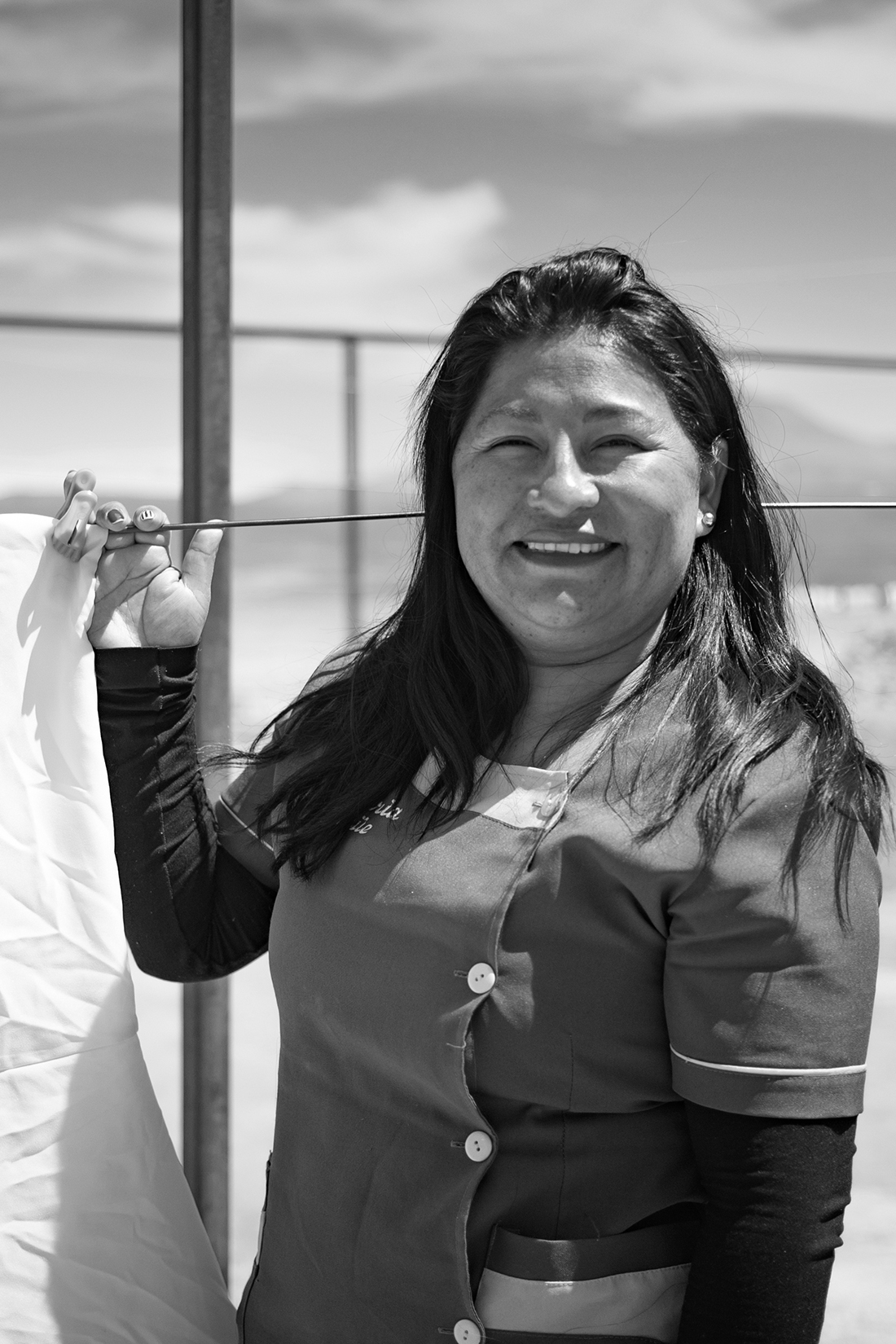
Janett Troncoso, Businesswoman
Ollagüe, Chile
In the Atacama Desert is Janett’s home, the isolated village of Ollagüe. The town is making use of a battery for solar power, providing citizens access to green power well into the night. Projects like this show how sustainable solar energy could soon compete with fossil fuel in Latin America. If it becomes an affordable viable alternative, carbon emissions causing climate change could be reduced across the continent by people like Janett using green power.
Ollagüe is a rural Chilean community of around 300 people near the Bolivian border, set high above the Atacama Desert. As part of a broader renewable energy initiative taking place across the country, CIF is joining the Inter-American Development Bank and others to support the construction of over 1,500 solar panels in order to provide Ollagüe with around-the-clock energy access. It is the first time the town has had uninterrupted electricity, unlocking unprecedented social and economic opportunities for residents.
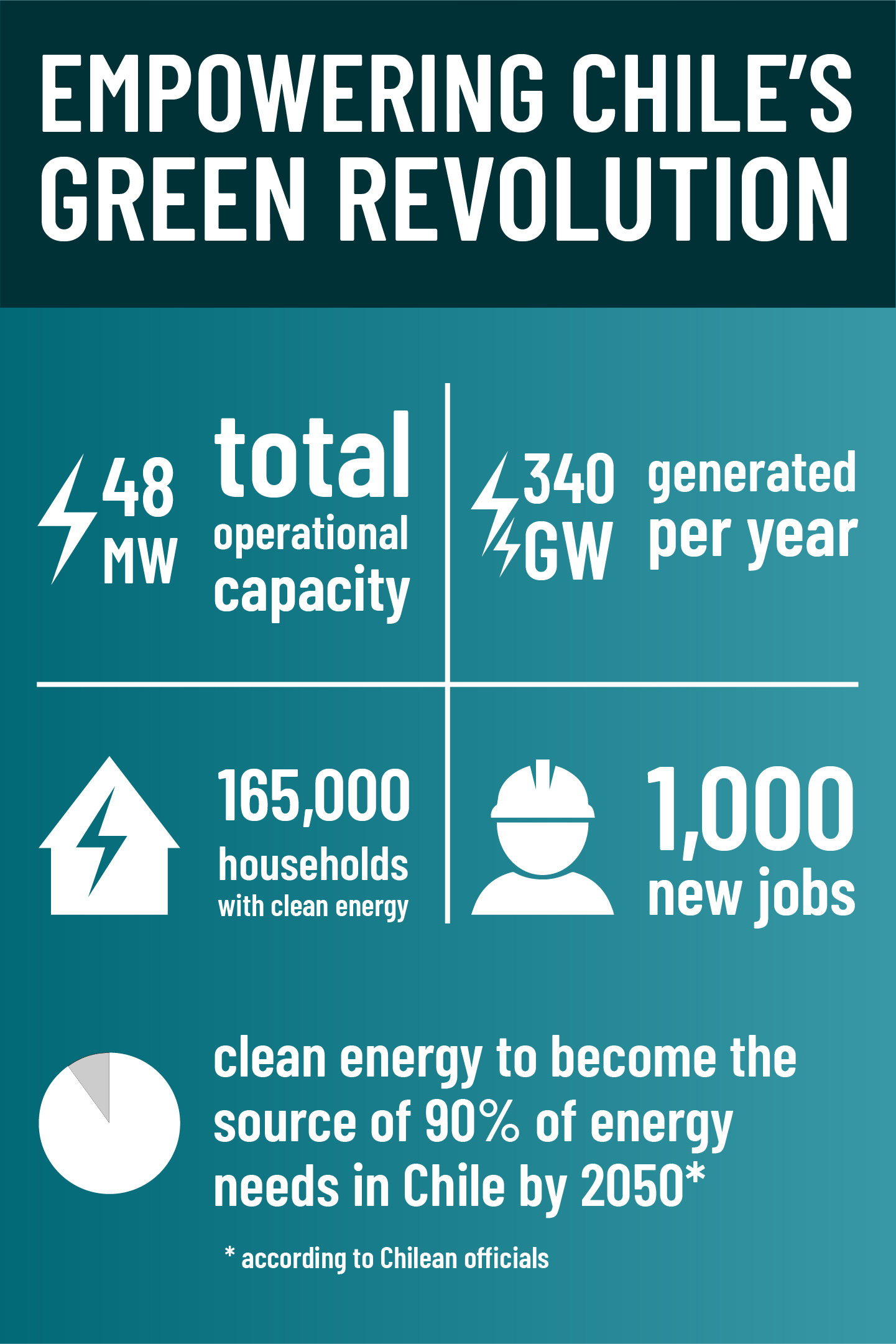
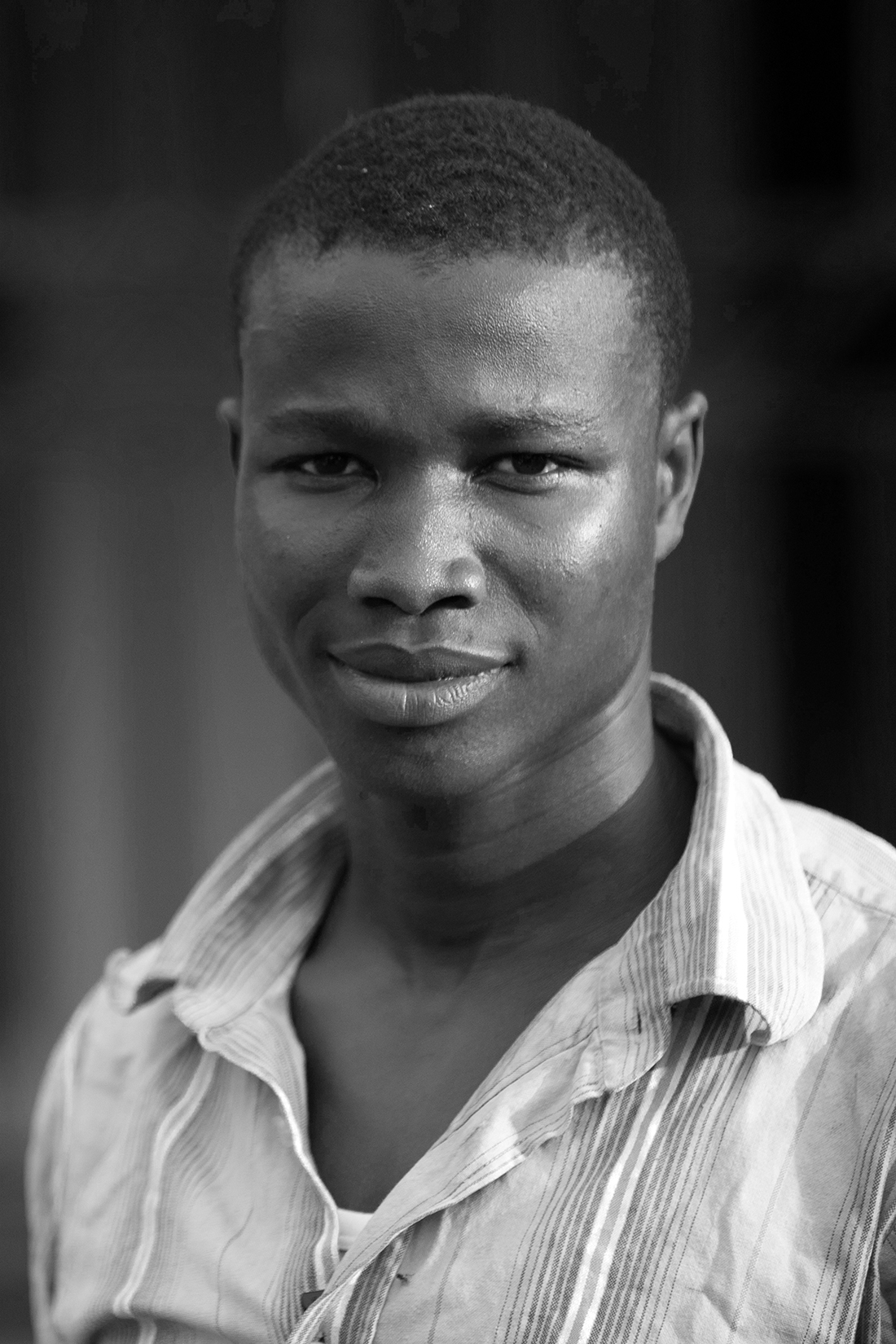
Kenneth Adjeh Yeboah, Cocoa farmer
Kumasi, Ghana
21 percent of the world’s cocoa is produced in Ghana, which has lost half of its forest cover since 2000. Fewer trees decreases shade and means that less greenhouse gas is removed from the atmosphere. Kenneth has followed in his grandmother’s footsteps to become a cocoa farmer, but he’s doing it differently. By using trees to shade cocoa trees, farmers are not only increasing their yields but working sustainably and reducing deforestation.
In Ghana, cocoa is king. The cocoa sector provides livelihoods for around 800,000 families in the country, but it also significantly contributes to an alarming deforestation rate. The country loses 2% of its forest cover every year. With a CIF injection of $60 million, the country is working with partners to address the underlying drivers of deforestation, encourage sustainable agriculture practices, and bolster livelihoods. The effort has helped improve tree ownership policies and establish 28,000 hectares of more climate-resilient shade cocoa.

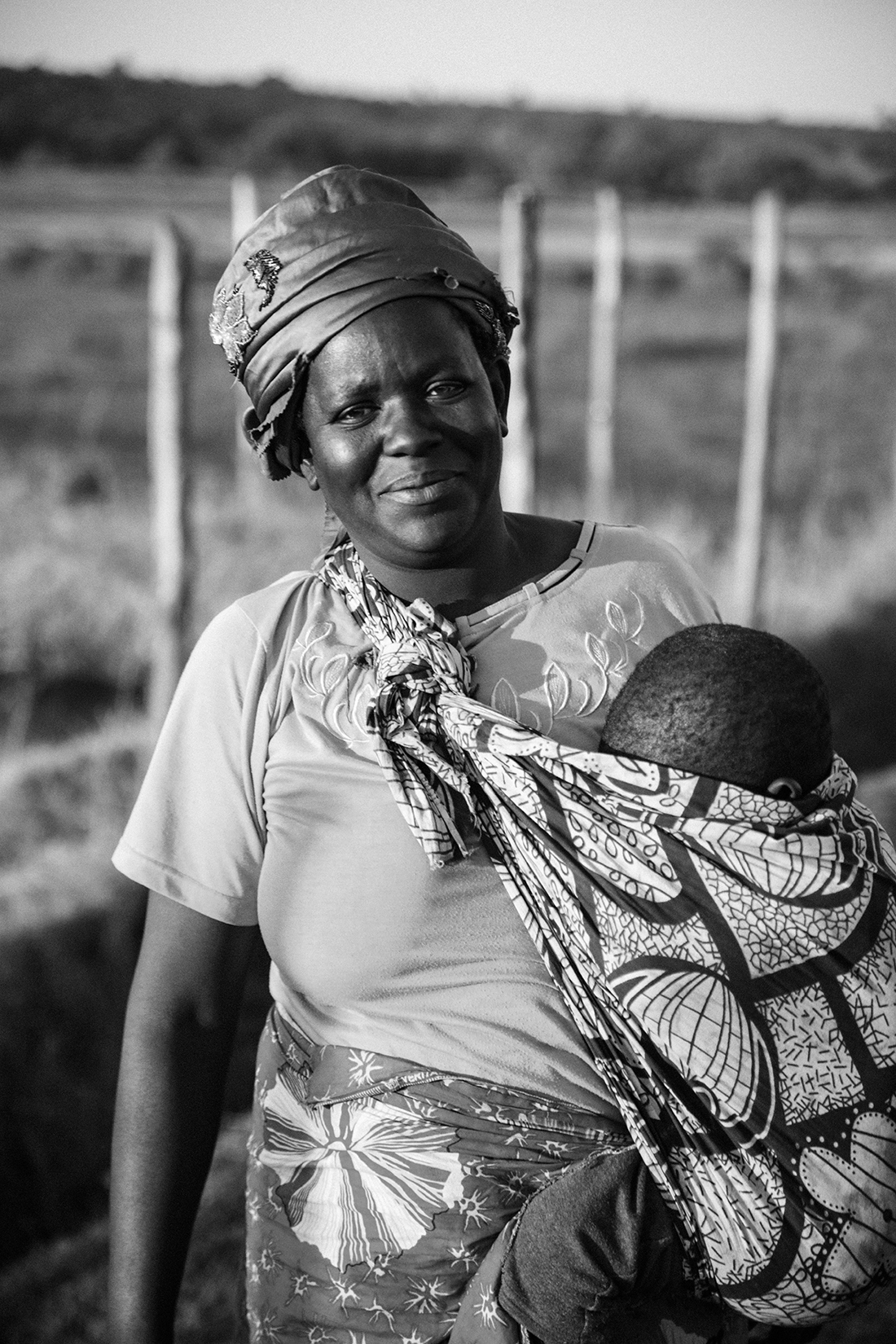
Maibibia Lialengwa, Chairwoman
Mongu, Zambia
Increased flooding brought on by climate change is destroying crops that used to be available year-round in western Zambia, jeopardizing the livelihoods of entire communities. Former rice farmer Maibibia launched an all-women fish-farming cooperative to adapt to these conditions and create a new, sustainable livelihood. The fish farm’s investors encourage local communities to diversify their farming to include livestock and other crops, securing a food supply all year round, even in the face of changing conditions.
CIF is investing $36 million to support Zambia’s ongoing efforts to build resilience to climate change. Through this program, CIF is partnering with the World Bank and the African Development Bank to diversify incomes within climate-vulnerable communities so that families can better withstand the impacts of a changing climate. Across the country, communities are gaining access to small livestock and crops that are harvestable year-round. In addition, a fish farm initiative is benefiting 25,800 households, of which 32% are headed by women.
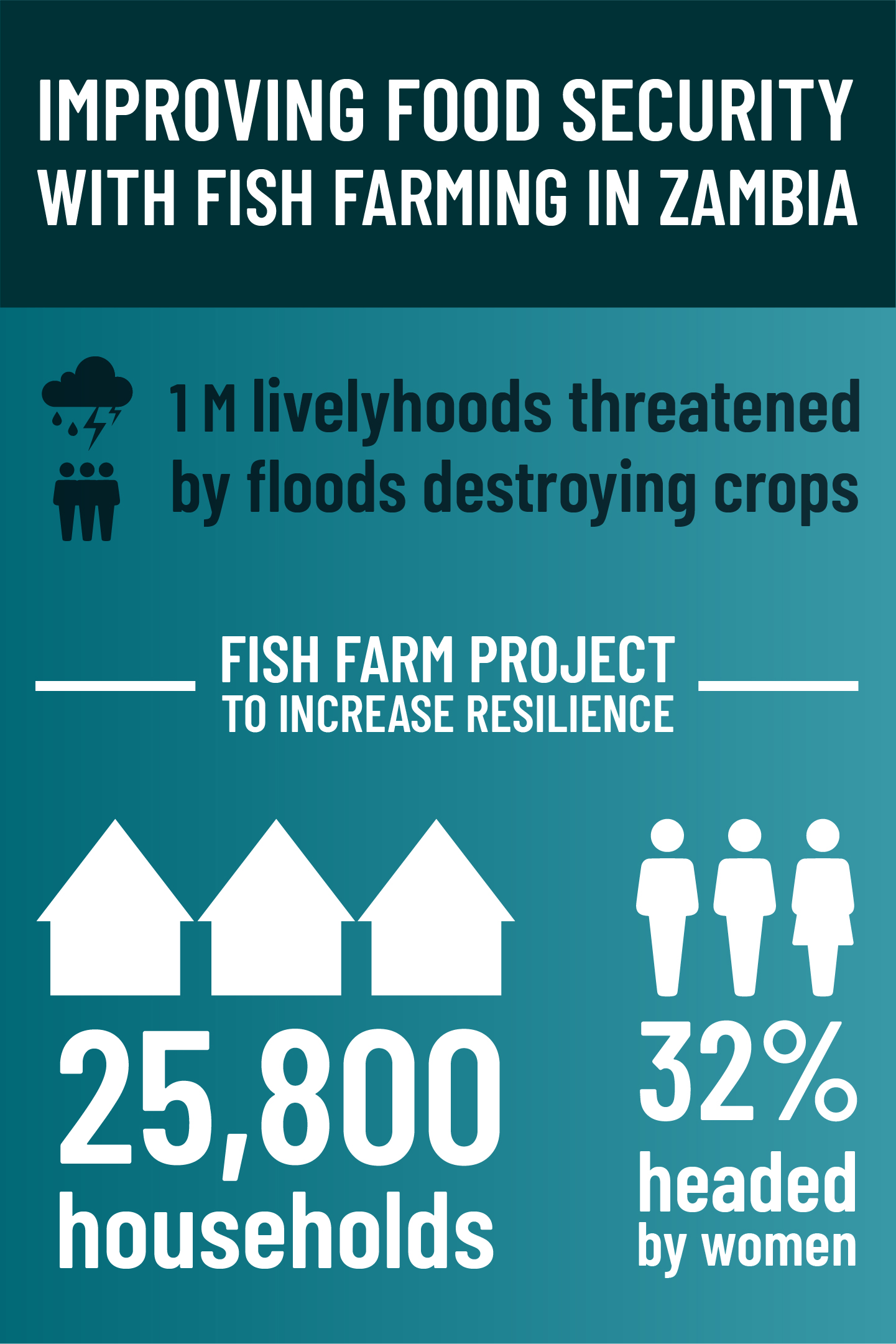

Marcela Joaquim Sitoe, Construction worker
Gaza, Mozambique
In the province of Gaza, floods have damaged around 70% of local transportation routes. Among other things, Marcela is helping prepare hard-wearing roads using geocells, a material made of high-density plastic webbing that evenly distributes weight and reduces water damage to the landscape. 300 kilometers of roads are being rehabilitated and climate-proofed. These networks will continue to connect isolated neighborhoods even during increasingly extreme weather.
Mozambique is among the most climate-vulnerable countries on the African continent. Through a combined investment of nearly $110 million, CIF and the World Bank are working to rehabilitate and climate-proof nearly 300 kilometers of roads and vital infrastructure in the southern province of Gaza. This is where an estimated 70% of transportation networks have been impacted by floods. CIF is also financing the development of a first-of-its-kind, country-appropriate set of road standards to improve climate resilience and long-term growth nationwide.
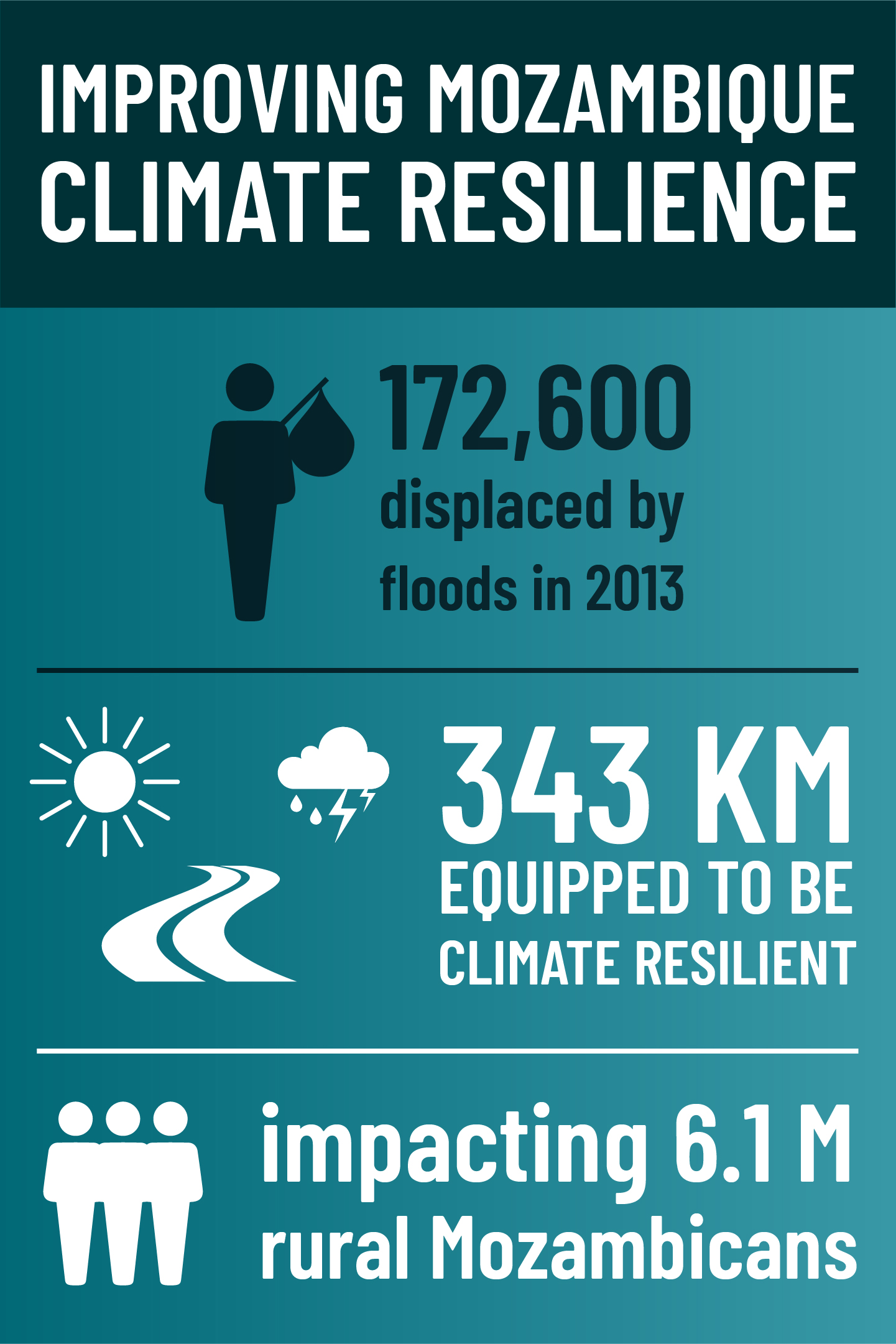
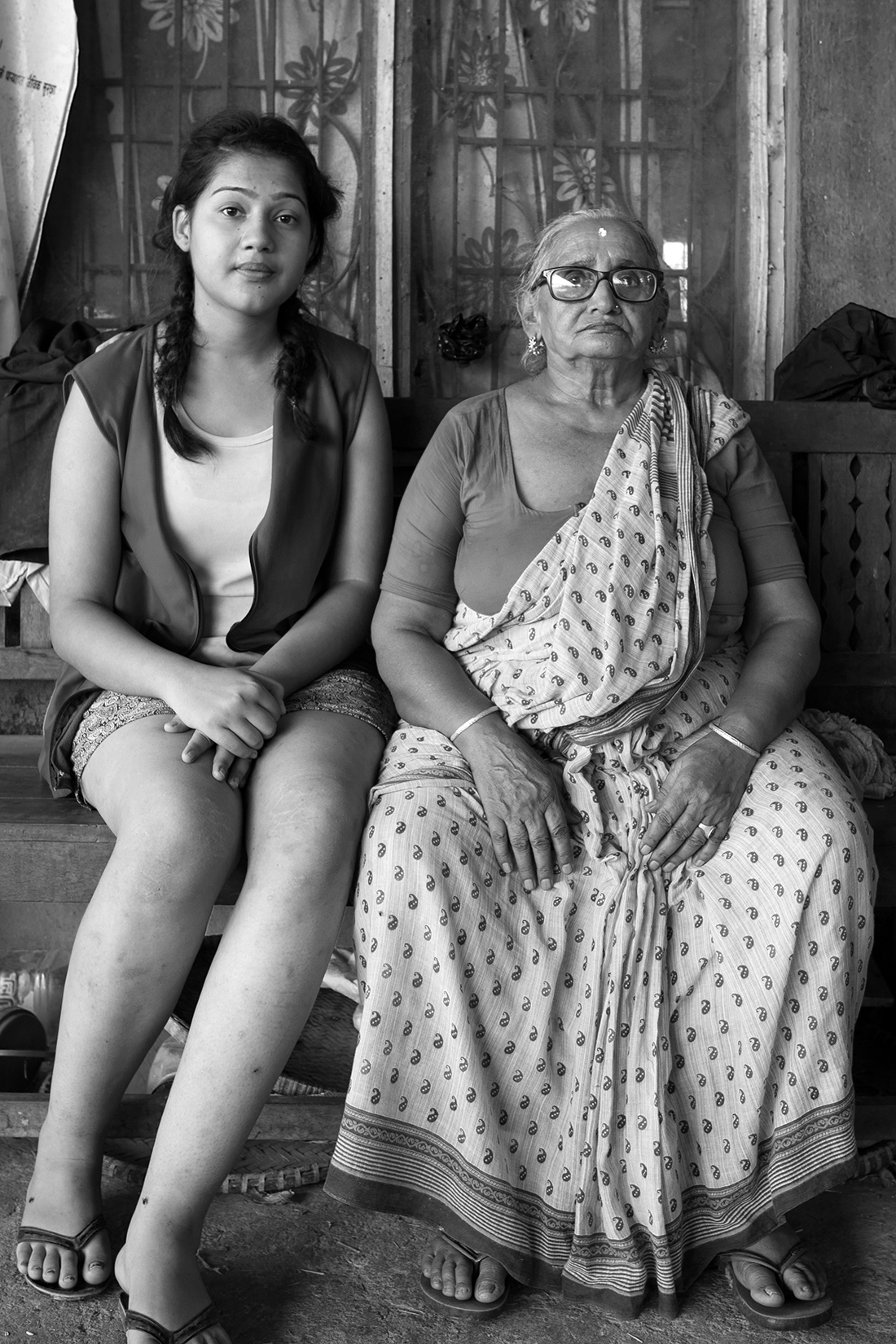
Gaire Family, Farmers
Bhairahawa, Nepal
The Gaires are the long-time owners of a farm and now also help generate clean power by supplying the raw material needed to produce biogas. Biogas is a renewable power source made using organic waste. Its carbon footprint is lower than fossil fuel alternatives and it can be locally made, reducing Nepal’s reliance on imported fuel and making energy that is both sustainable and reliable.
Nepal is helping address longstanding energy challenges through biogas, a clean power source derived from organic waste. With support from CIF, the World Bank, and other partners, the country is building 340 new commercial biogas plants across 10 municipalities, creating jobs, and replacing the equivalent of around 131,000 cylinders of imported propane. By helping break down barriers to private sector participation in the sector, the initiative is creating enough biogas to fill more than three Olympic-size swimming pools every day.

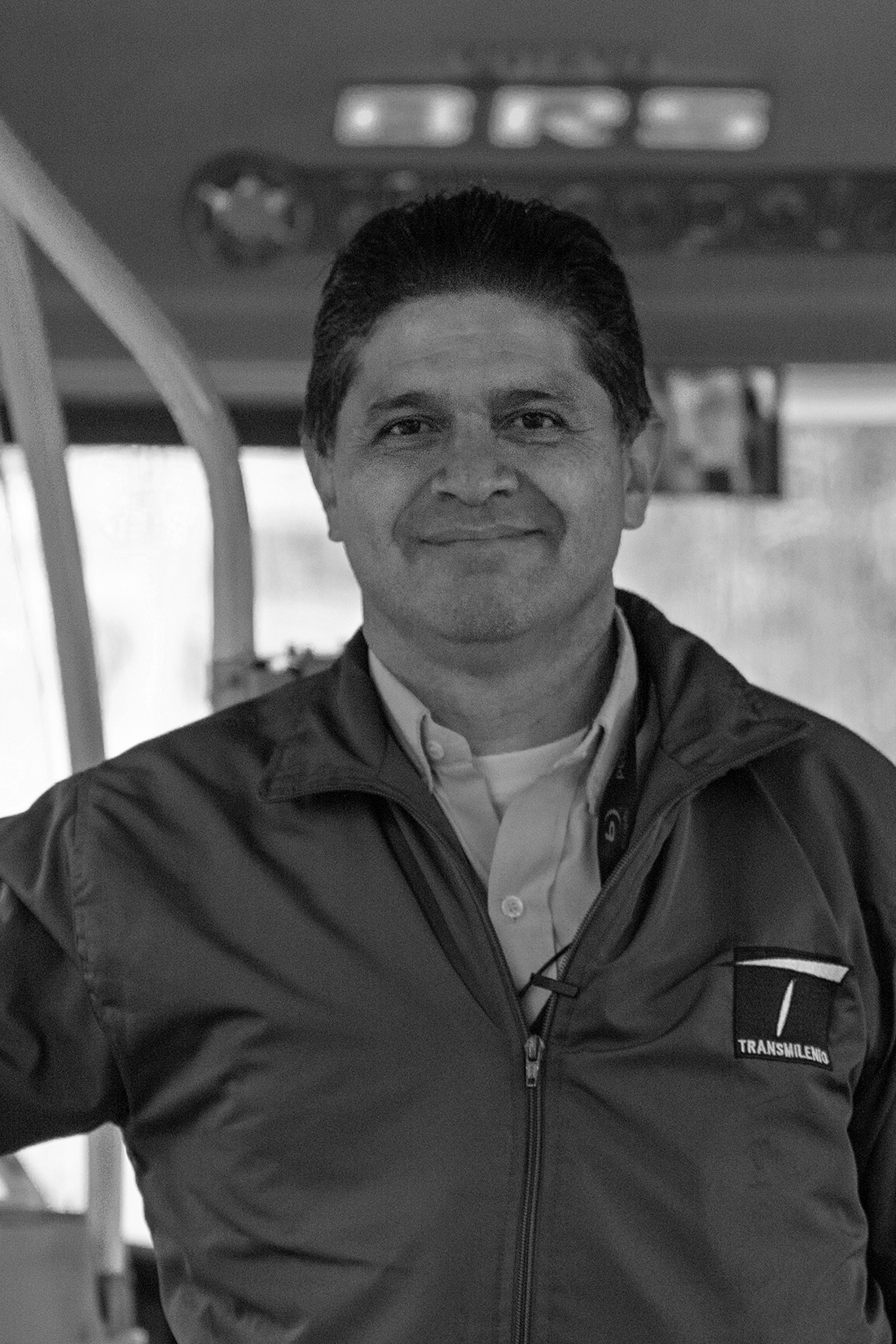
William Contreras, Driver
Bogotá, Colombia
To meet targets to limit the impact of climate change, by 2050 three-fourths of all vehicles sold globally need to be electric. By driving a hybrid bus, William is helping make Bogotá’s public transport sustainable. Old buses with high emissions, once a feature of the Colombian capital, are now becoming a thing of the past as they are replaced by the first hybrid city bus system in South America. Projects like this are growing trust in hybrid transport technology.
Bogotá is Colombia’s second-most air-polluted city, which has public health consequences for residents. Today, however, the city is home to South America’s first fleet of hybrid city buses. CIF, the Inter-American Development Bank, and other partners are supporting 337 clean vehicles that transport 150,000 passengers each day and travel 17 million kilometers every year. In addition to contributing to a cleaner environment, the effort is helping improve public transportation access by expanding bus routes and streamlining bus fares.
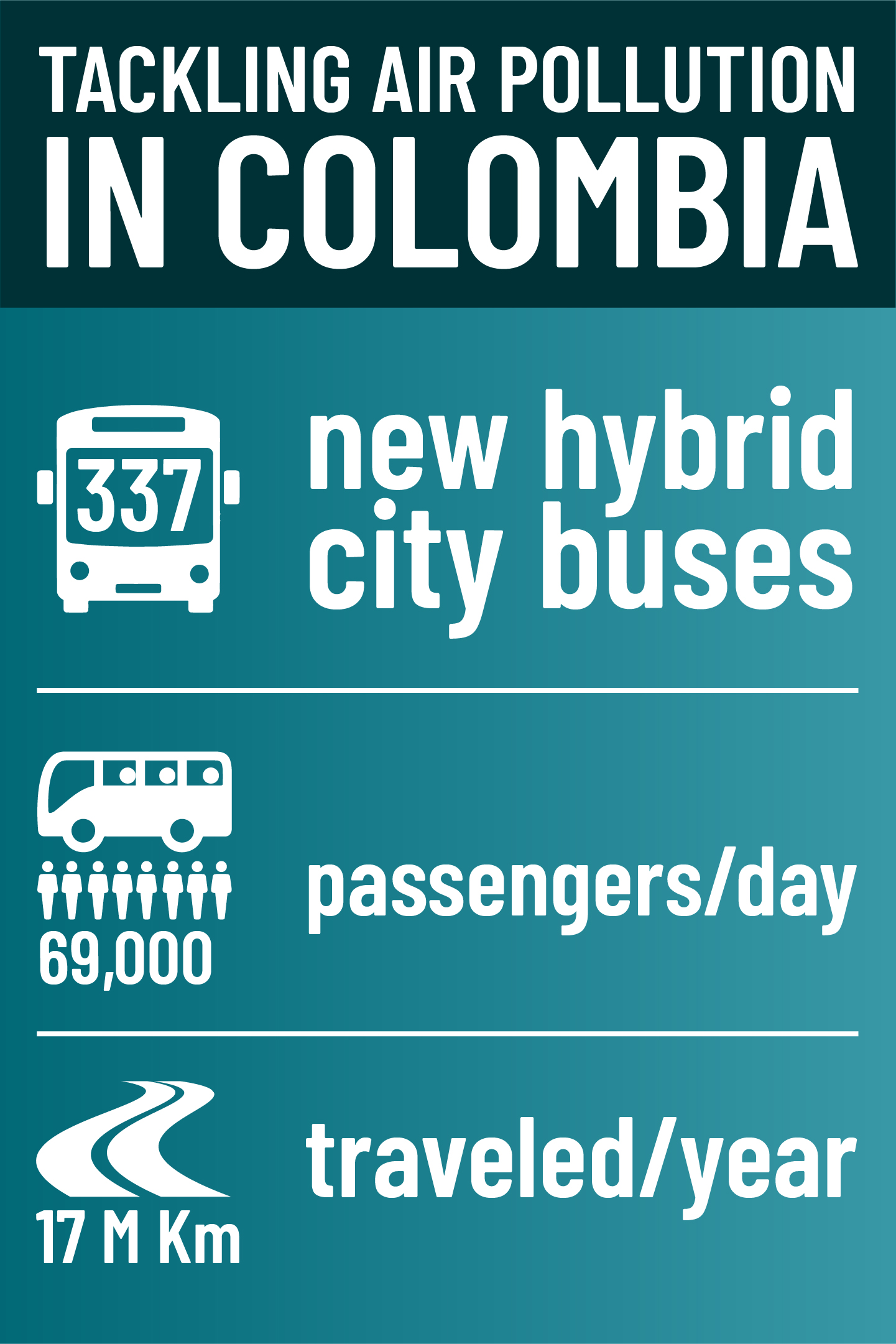
About the Climate Investment Funds
The Climate Investment Funds is a nimble financial institution on a mission to help developing countries win the race against the climate emergency. CIF supports nations in delivering life-changing socio-economic transformations by bringing different decisionmakers around the same table, from governments to communities or the private sector, all essential in delivering change. It provides the most affordable financial support on the market to innovative, often first-of-their-kind solutions, to bolster investments in renewable energy, sustainable forestry, access to energy, and resilience in over 70 countries. CIF enables countries and people to become changemakers.
Acknowledgements
CIF wishes to thank its donors for their generous contributions that help developing countries transition toward low-carbon and climate-resilient development. Likewise CIF wishes to thank all 72 CIF recipient countries, whose partnership is essential to pursuing this climate transition. Finally, CIF wishes to thank its six implementing partners, the multilateral development banks, without which none of the work presented in these portraits would exist.
The exhibit is organized by Climate Investment Funds with the support of the UN Department of Global Communications.
This exhibit was launched in October 2021











